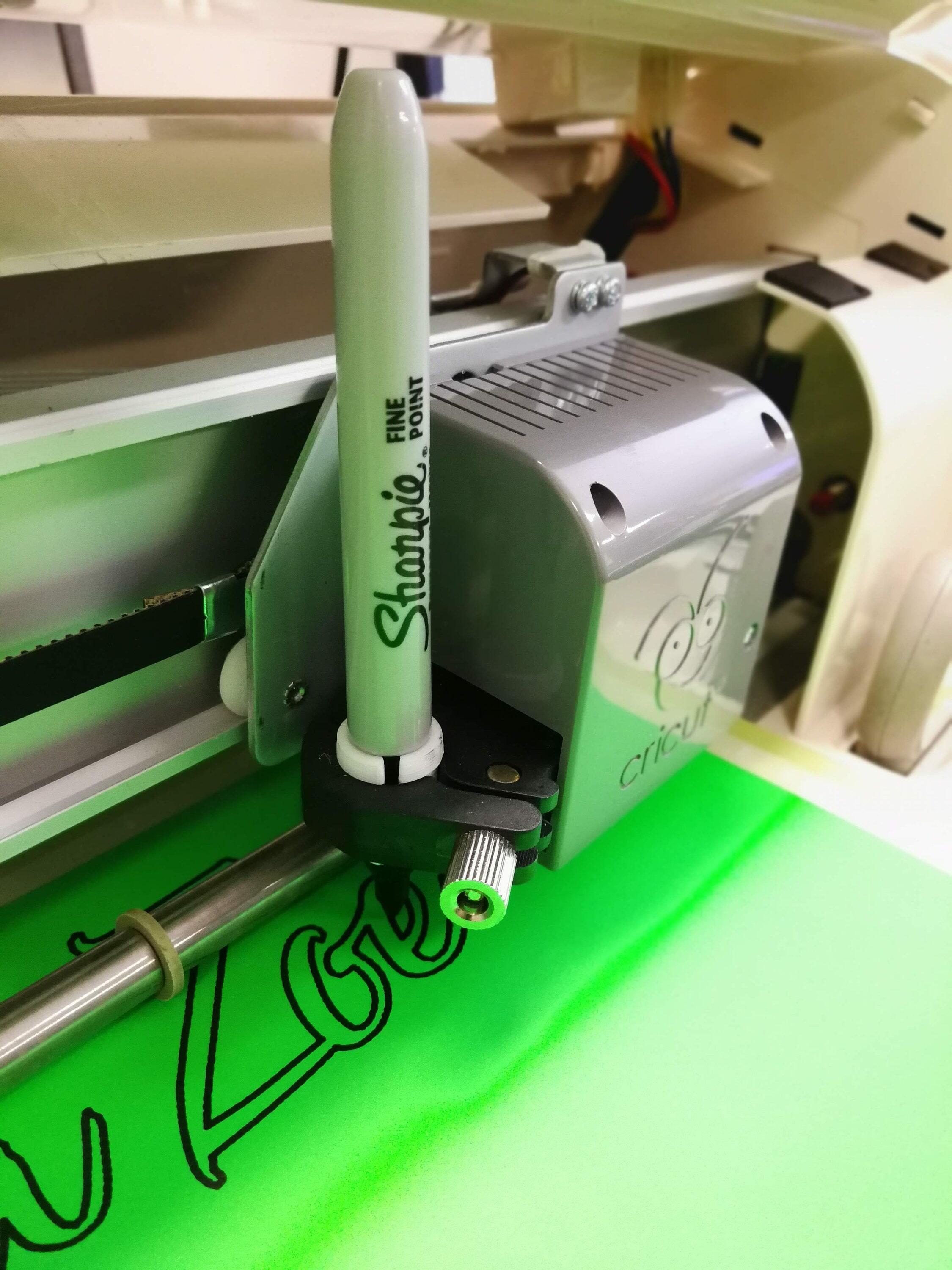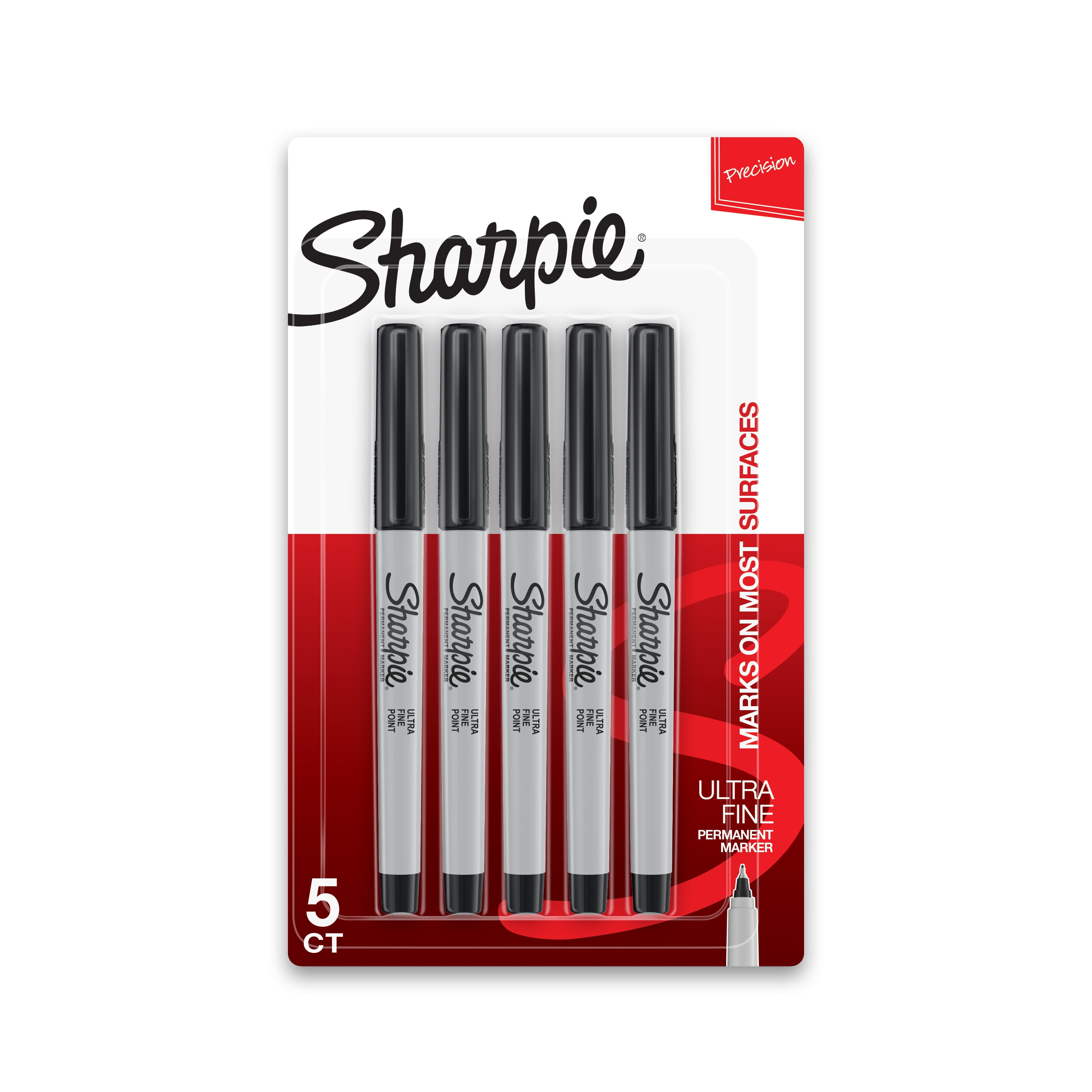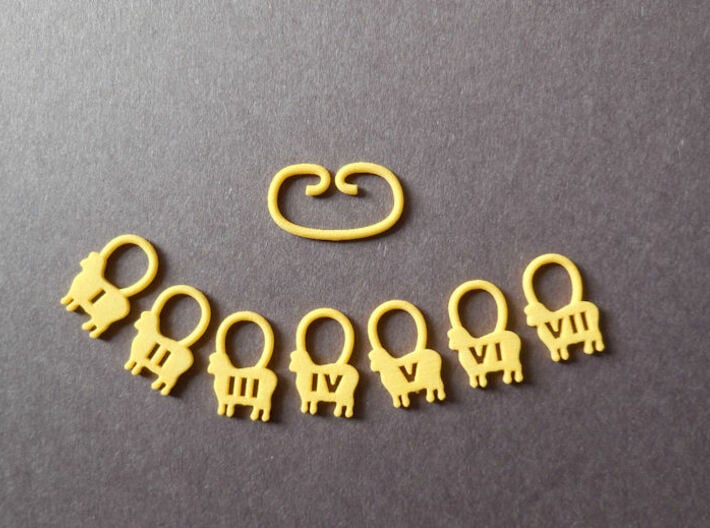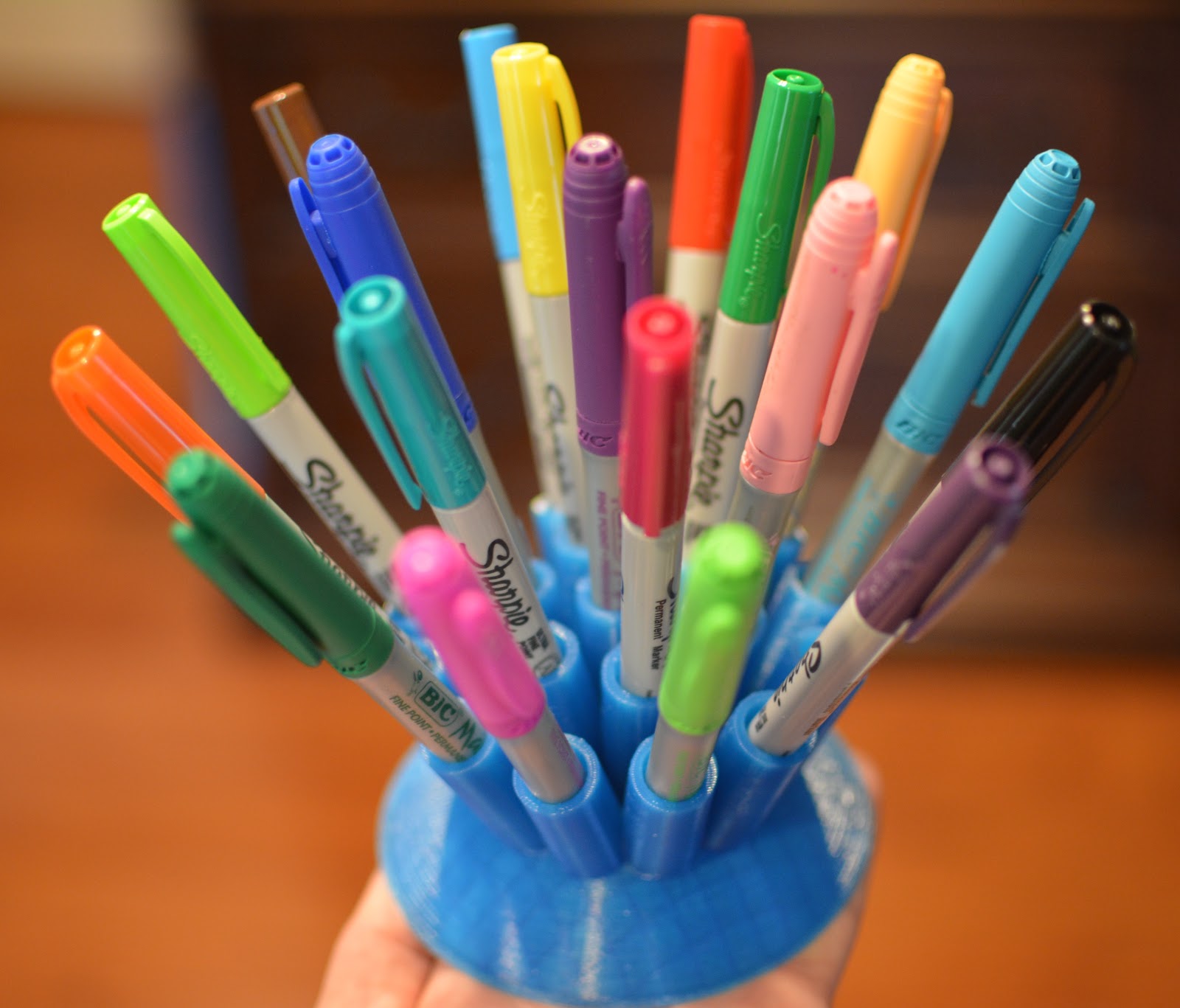
3/6pcs Pen Adapter Set Marker Holder Replacement For Sharpie Compatible With Cricut Explore Air 3/air 2/air/maker/maker 3 - 3d Printer Parts & Accessories - AliExpress

Pen + Gear Dual-Tip Markers, Fine Tip Marker and Chisel Tip Highlighter, Assorted Colors, 24 Count - Walmart.com

9 Packs Pen Adapter Set Marker Holder Replacement For Sharpie Compatible With Cricut Explore Air 3/air 2/air/maker/maker 3 - 3d Printer Parts & Accessories - AliExpress

Amazon.com: Cricut Ultimate Fine Point Pen Set, 0.4mm Fine Tip Pens to Write, Draw & Color, Create Personalized Cards & Invites, Use with Cricut Maker and Explore Cutting Machines, 30 Assorted Colored

Amazon.com : Ohuhu Alcohol Markers Double Tipped Alcohol Based Art Marker Set for Kids Artist Adults' Coloring Sketching Illustration, 80 Colors + 1 Colorless Blender - Chisel & Fine - Oahu Series
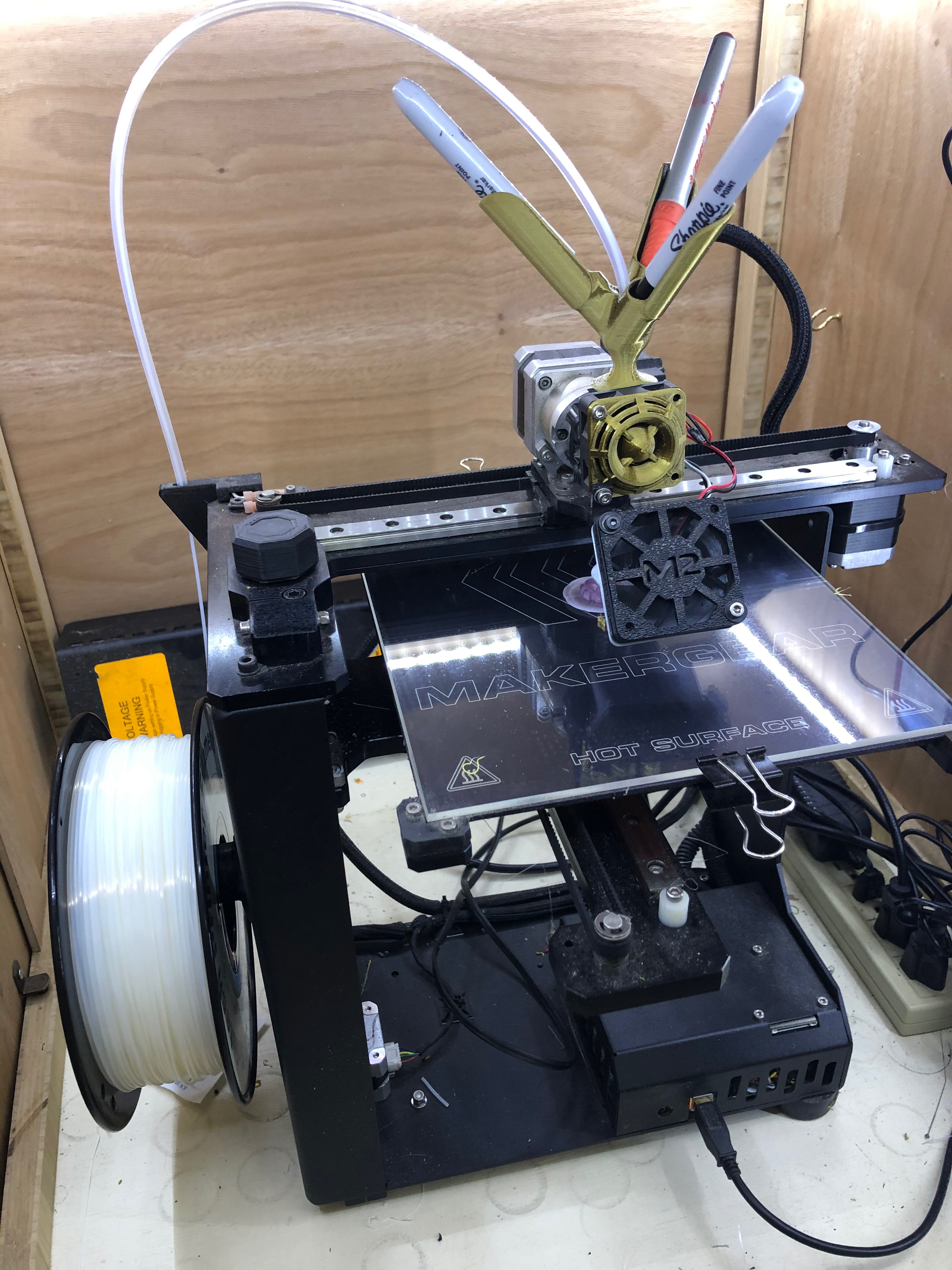
3D Printable Sharpie Marker Color Blender // 3D Print Custom Colors and Gradients ( 3 and 6 marker version ) by Devin Montes
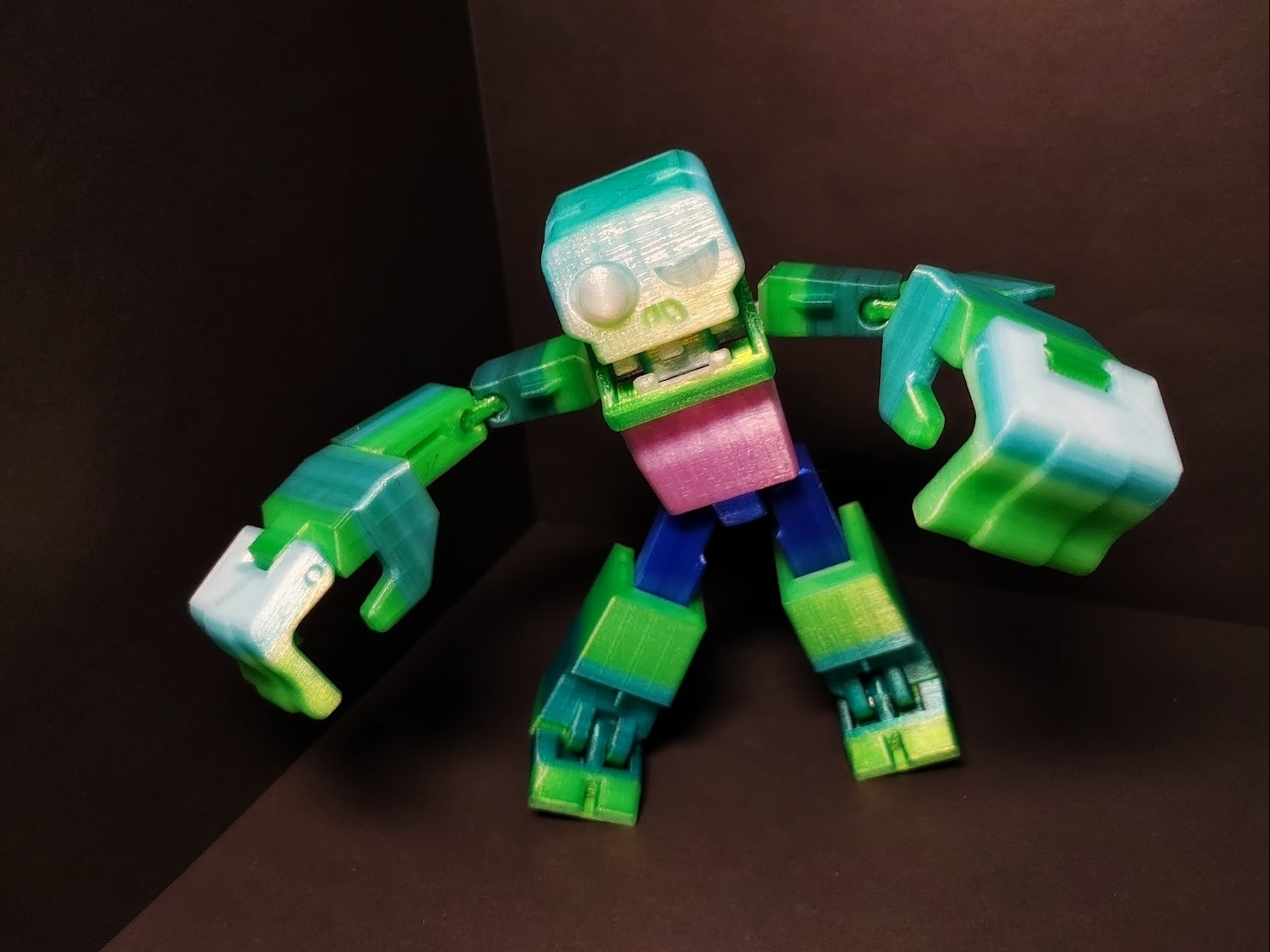
3D Printable Sharpie Marker Color Blender // 3D Print Custom Colors and Gradients ( 3 and 6 marker version ) by Devin Montes

3D Coloring Puzzle Set,4 Animals Puzzles with 12 Pen Markers, Art Coloring Painting 3D Puzzle for Kids Age 7 8 9 10 11 12. Fun Creative DIY Toys Gift for Girls and Boy - Walmart.com
